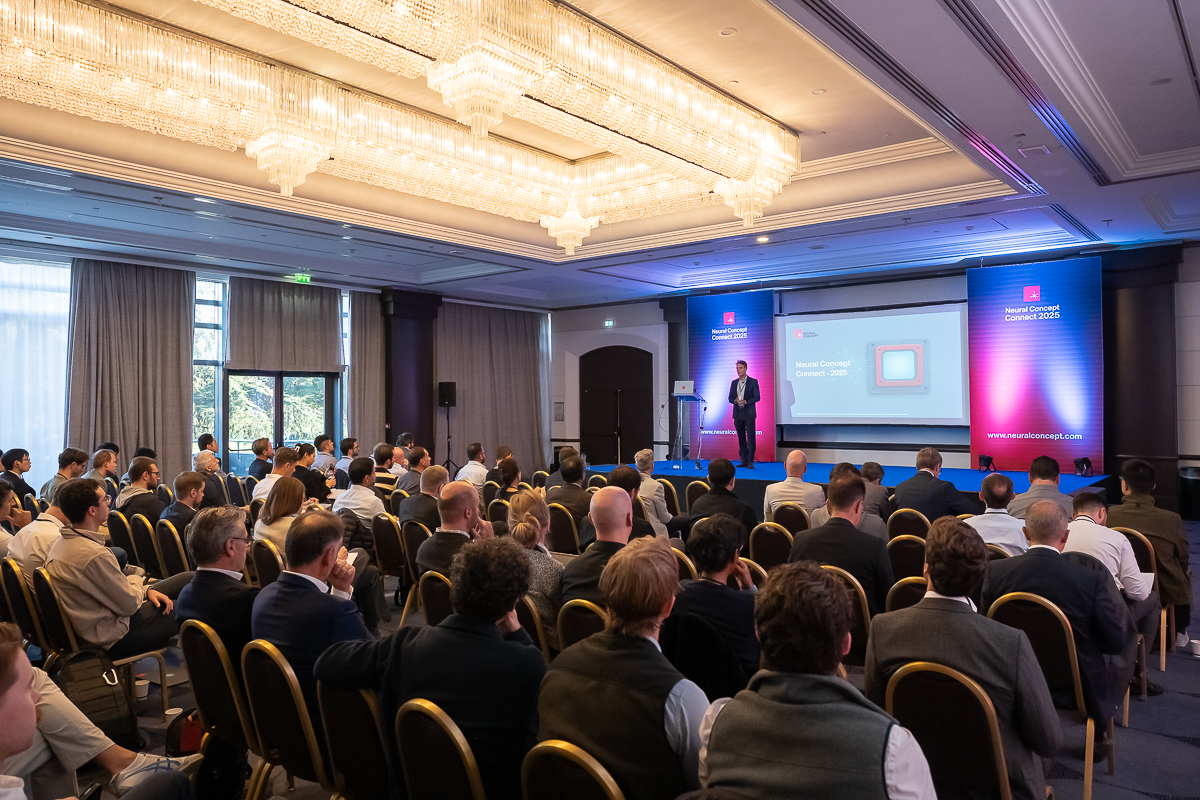Static Structural Analysis: Basics and Applications
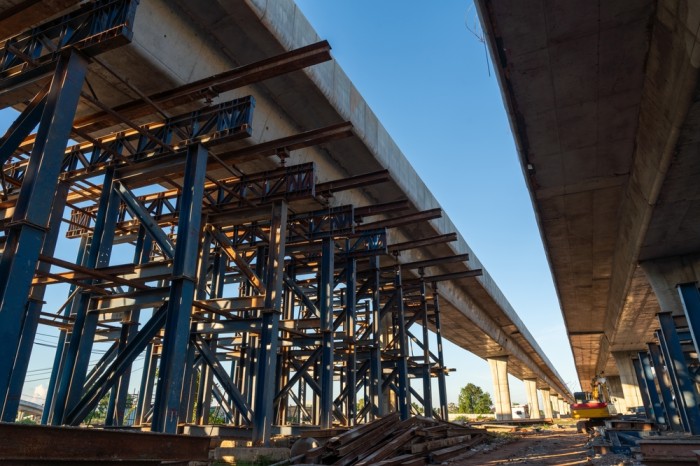
Knowing how buildings and structures can endure forces is a vital task. Static analysis is a powerful tool offering engineers and architects predictive insights and ensuring the stability of structures. Our static analysis short introduction will focus on the resilience of simple structural elements like roof beams or bridges and will close with an explanation of why arches stand up and don't fall on our heads!
The Basic Concept of Equilibrium in Static Structural Analysis
In static analysis, equilibrium is the fundamental concept.
Imagine a beam supporting a ceiling or roof: the sum of all vertical forces must be zero, indicating that the upward forces balance the downward forces; also the sum of all moments Σ M around any point must be zero, ensuring rotational equilibrium.
Mathematically, these equilibrium equations are simply Σ F = 0 and Σ M = 0.
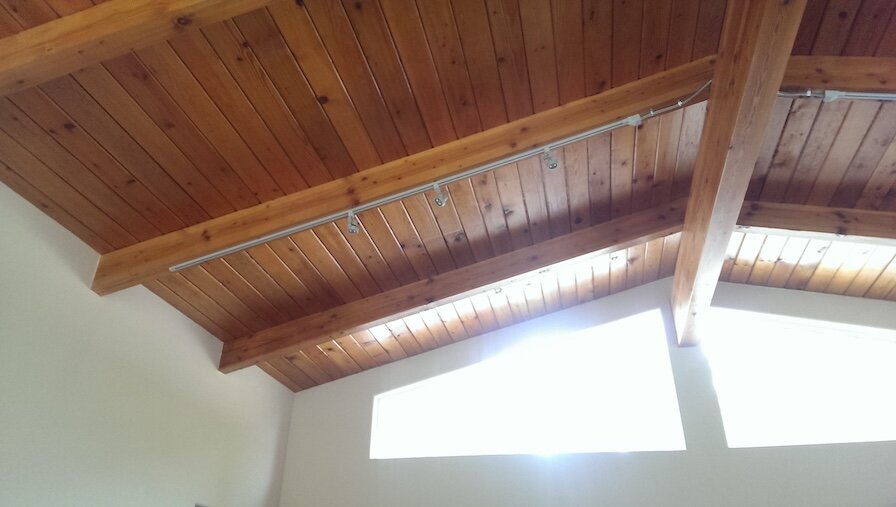
The Definition Application of Moment in Static Analysis
A moment M is the measure of the tendency of a force F to rotate an object about an axis at distance d from the point to the line of action of the force and is expressed as M = F x d.
To fully describe rotational motion and rotational velocity, factors such as the moment of inertia and angular acceleration should also be considered. The absence of any velocity simplifies the analysis by ignoring or simplifying dynamic considerations.
Steady or Static Loading
External forces encompass various static analysis scenarios. For a civil engineering structure, they can be gravity, wind, or seismic activities. Forces influence structures' stability and safety.
Loading conditions can manifest as time-varying loads or steady, static loading scenarios. We focus on static loading conditions, exploring static structural analysis—a critical aspect of ensuring the resilience of engineering projects.

Damping Effects
The structure's response to loading conditions is an interplay of factors, including damping effects and load application. Damping effects refer to energy dissipation in the structure to mitigate the impact of loads such as winds on a very tall skyscraper.
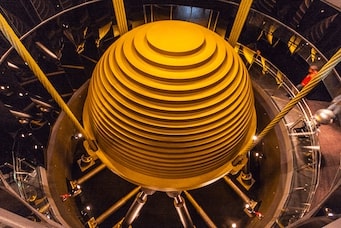
Analysis Methods and Prediction
Static structural analysis determines with quantitative numerical results and computer graphics output the behavior of a structure under static loading conditions. Engineers employ mathematical models and computational tools and more recently machine learning predictions for static and explicit structures. The essence of static structural analysis lies in its ability to predict the structural response. By studying the distribution of stresses and strains, engineers can identify weak areas before construction begins, enabling them to make necessary adjustments to enhance the structure's strength and durability.
Advanced Techniques of Analysis and Statics
Nonlinear analysis is an advanced technique within static structural analyses, allowing engineers to account for material nonlinearities, large deformations, and other factors.
For periodic time-varying loads, superposition enables the analysis of the system's response by separately considering each load and summing them up. the time-varying loads over time to determine their cumulative effect.
When time-varying loads have significant dynamic effects, more advanced dynamic analysis techniques like modal analysis, frequency response analysis, or time history analysis may be necessary. For simpler representations, transform time-varying loads into equivalent static loads, allowing for the application of traditional static analysis methods.
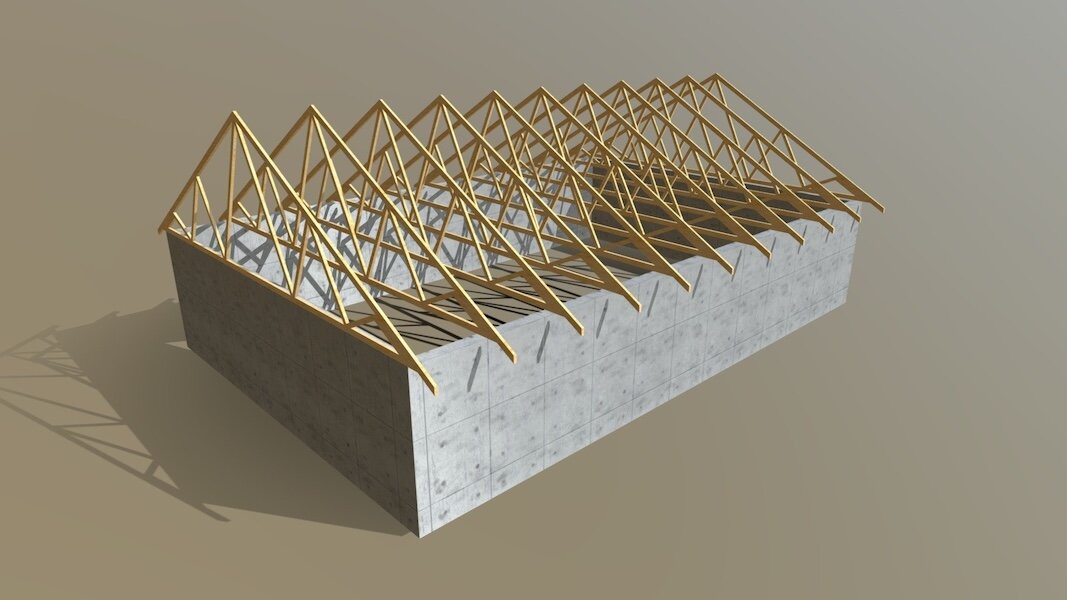
Boundary Conditions in Static Analysis
The accuracy of static analysis greatly depends on how well we represent the so-called boundary conditions. They are the constraints and connections a structure experiences, influencing how it interacts with the applied loads.
Rigid Supports and Static Analysis
Imagine a fixed support as the foundation of a building firmly anchored to the ground. Fixed supports restrict both translation and rotation, creating a sturdy and unyielding connection. This means that the building is essentially "locked" into place preventing any movement or rotation.
Roller Supports and Static Analysis
In contrast, roller supports introduce an element of flexibility. Think of a roller as a wheel that allows movement along a surface without resisting rotation. Roller supports are often used to simulate scenarios where an object needs to adapt to thermal expansion or contraction, or when dealing with uneven settlement.
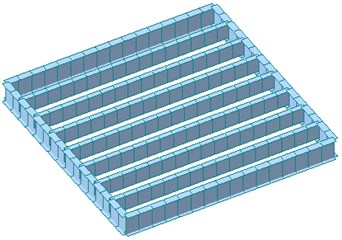
Numerical Methods: Basics of the Finite Element (FEM) Approach
Let us now go into more detail on numerical methods, particularly the FEM approach.
They have become indispensable tools in engineering and architecture, offering a means to analyze complex structures and systems before they are built.
Stress, a critical factor in assessing structural integrity, can be accurately simulated using FEM.
In the case of thermal analyses, the FEM approach proves its efficacy in modeling heat transfer and temperature distributions. Thermal simulations performed through FEM enable engineers to predict how different materials and components respond to varying temperature gradients, ensuring optimal performance under diverse environmental conditions.
A notable strength of FEM is its versatility in handling steady and static loading conditions.
FEM dissects a complex component into smaller, manageable elements, allowing for a detailed examination of stress distribution, deformation, and failure mechanisms. Engineers can then leverage this information to optimize designs, ensuring that components operate within safe stress limits and minimizing the risk of mechanical failure.
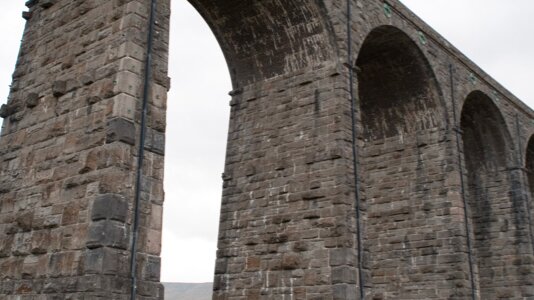
Conclusion with Static Analysis Application: Arches
Ever wondered how arches stand up? In the science of statics, arches are structural elements that rely on the principle of compression to support loads and span openings. An arch is a curved structure, usually made of stone, brick, or other materials, that transfers the weight it carries outward along its curve, redistributing the load to its supports.
When a load is applied to the top of an arch, the arch transforms the vertical force into horizontal forces that are directed toward the abutments or supports.
Arches primarily work under compression forces. As the load pushes downward on the arch, the structure is compressed. The stones or building materials in the arch are designed to withstand this compressive force.
The keystone is the central, often wedge-shaped stone at the top of the arch. It plays a crucial role in maintaining the stability of the arch. The keystone locks the other stones in place and prevents the arch from collapsing.
The arch achieves a state of static equilibrium when the sum of the vertical and horizontal forces acting on it is zero. In other words, the arch is balanced, and there is no net force causing it to move or deform.


